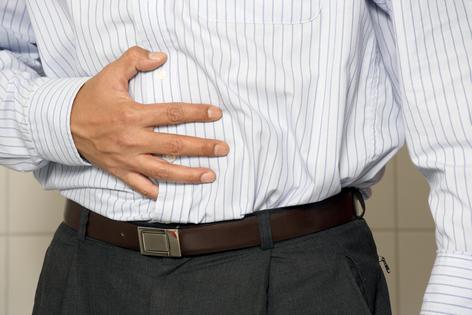Environmental Nutrition: How to recognize the signs of food poisoning
Food poisoning happens when you eat food or drink water that’s been contaminated with harmful bacteria, viruses or toxins. It’s more common than you might think — millions of people get it every year. Most cases are mild and go away on their own, but it’s important to recognize the signs so you can take care of yourself.
Symptoms
The symptoms of food poisoning can start within hours or take a few days to appear, depending on the cause. The most common signs include:
Symptoms usually last from a few hours to days. In most cases, your body will recover with rest, fluids, and time.
When to see a doctor
Sometimes, food poisoning can be serious. Seek medical help if you notice:
Young children, older adults, pregnant people, and those with weakened immune systems are more at risk of complications.
How it happens
Food poisoning is often caused by bacteria like Salmonella, E. coli, or Listeria. It can also come from viruses or parasites. Contaminated foods might look and taste normal, which is why it’s important to handle, cook and store food safely.
Foods most commonly linked to food poisoning
Protect yourself
To reduce your risk of food poisoning, wash your hands and cooking surfaces often, keep raw meat separate from other foods, cook to proper temperatures, and refrigerate leftovers right away.
The bottom line
Knowing the signs can help you take quick action and feel better faster — and knowing when to call a doctor can protect your health in more serious cases.
(Environmental Nutrition is the award-winning independent newsletter written by nutrition experts dedicated to providing readers up-to-date, accurate information about health and nutrition in clear, concise English. For more information, visit www.environmentalnutrition.com.)
©2025 Belvoir Media Group, LLC. Distributed by Tribune Content Agency, LLC.











Comments